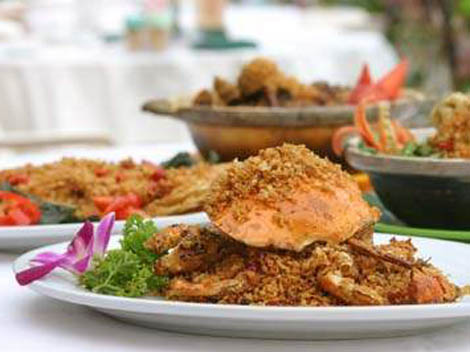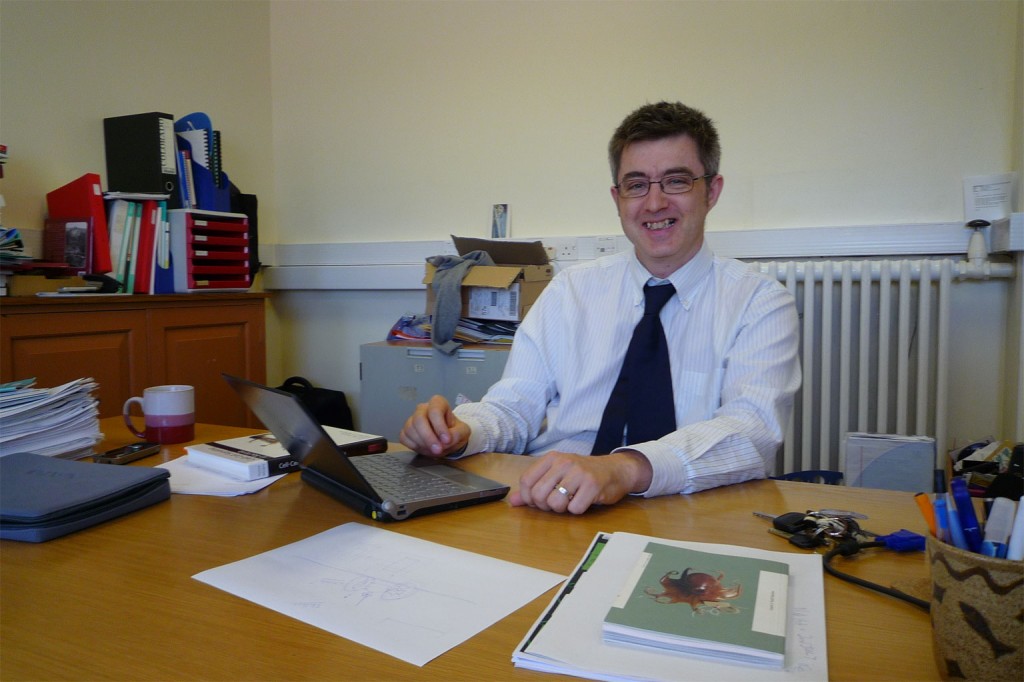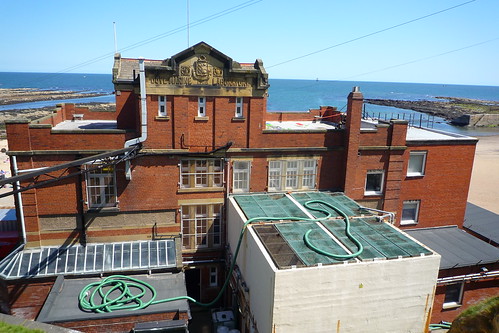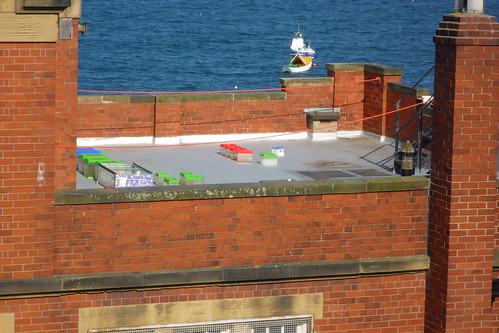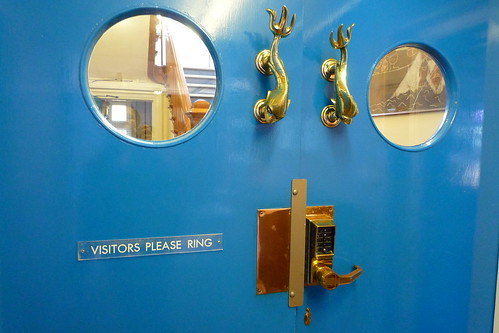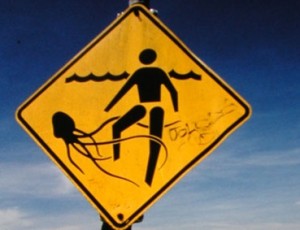
From the Non-Native Species site:
The Chinese mitten crab is a native of East Asia, introduced into Europe in the 1930s. It is thought to have been transported to Britain in ships’ ballast water (juvenile crabs and larvae) or perhaps by adult crabs clinging to ships’ hulls. The species has six larval development stages and it is understood that for complete development the larvae need to migrate to the open sea. Dispersion of the species is assisted by the pelagic larvae and mobile adults. Adults live in freshwater migrating to river estuaries and coastal regions to breed.
From the site, Marine Aliens:
The Chinese mitten crab has increased markedly in the last 10 years in the UK. This invasive species can cause serious structural degradation and pose a significant threat to native communities in estuarine systems. As a consequence, it has been placed on the IUCN 100 of the World’s worst invasive alien species list. The largest UK population of mitten crabs is located in the Thames region, including the Medway and Blackwater estuaries. This species has also been reported from the Humber and Tyne. Click here for video footage of the Chinese mitten crab.
Chinese Mitten Crabs(大闸蟹).
A Chinese delicacy, especially when their gonads are enlarged, “They are considered as the best yummies of the Southern Yangtze River.” It appears they live in freshwater but migrate to the sea in the fall to mate – a time in which the femailes are “very plump.” (http://www.iwalku2.com/2008/10/its-season-of-yangcheng-lake-mitten-crab.html)
